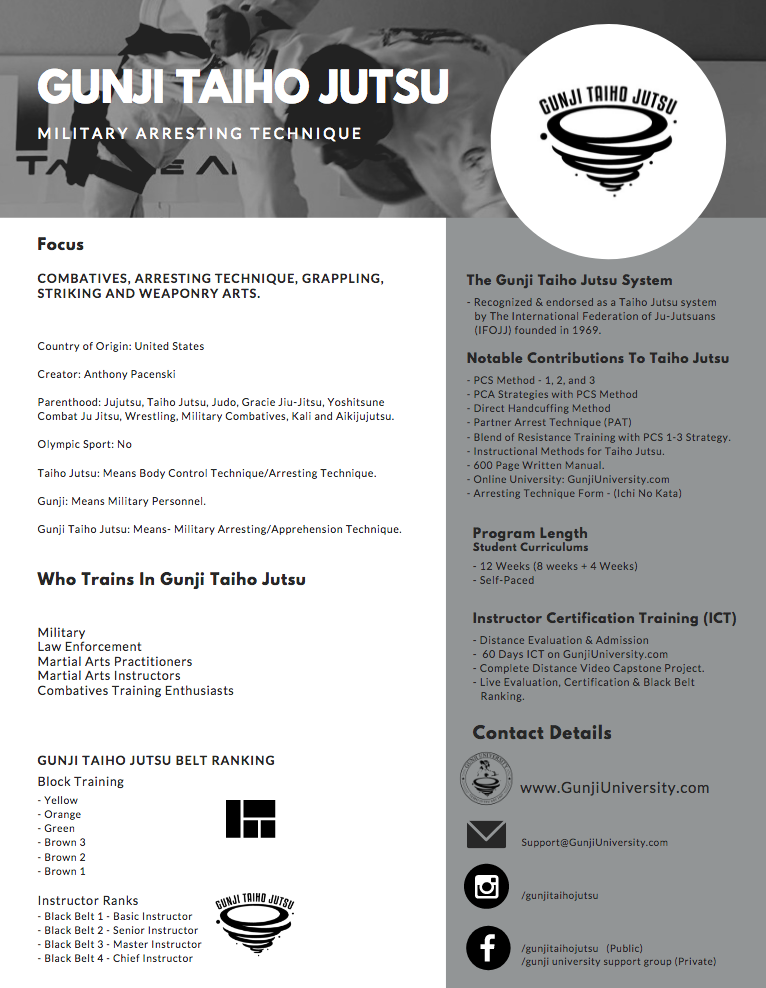Prof. Kenji Tomiki and His Striking Approach To Kuzushi

Having recently returned from Osaka, Japan, I was able to research Prof. Kenji Tomiki's work in Judo, Aikido and the development of Competitive Aikido called often: Tomiki Aikido, Competition Aikido or Shodokan Aikido. Osaka today is home to the headquarters of the Shodokan Aikido Federation. This is the main dojo that Prof. Tomiki started before his death in 1979. Firstly, it must be pointed out that Tomiki was a unique practitioner of Budo as he was deeply knowledgeable in both Judo and Aikido. Prof Tomiki was a University teacher and Judo coach in Tokyo. Let me present his ranks in Martial Arts.
Prof. Kenji Tomiki, 8th dan in Judo under founder Dr. Jigoro Kano and 8th dan in Aikido under founder O Sensei Morihei Ueshiba.
In addition, while working at Waseda University, Tomiki was able to organize Aikido as a recognized club. He was the first person to do this in Japan by developing a competitive form of Aikido that Waseda University wanted to see to be gained as fully sanctioned club. Tomiki while developing sporting rulesets was also able to formalize a sparring & teaching form called Randori-No-Kata for Aikido and further structuring his methodology of teaching Aikido to the University students.



Professor Tomiki secondary was the driving force during the 1940s and 1950s at the Kodokan in Toyko to teaching the United States Air Force Judo, develop Taiho Jutsu and the last official kata of the Kodokan called Goshin Jutsu No Kata or Kodokan Goshin Jutsu in 1956 for modernized Self-Defense. Therefore, regardless of your views on Aikido, Competitive Aikido, and/or the Kodokan kata Goshin Jutsu, there is much study as to the main objectives Prof. Tomiki completed. He had the vision to see Aikido develop much like Judo. Likewise, he was able to blend both arts while adding the forerunner or base art of Aikido called Aikijutsu into his curriculum.
One specific Kata of Prof. Tomiki that I am interested in and practicing is his 17 moves of what makes of Shodokan Aikido's Randori-No-Kata (Junana-hon). In the first set of 5 moves, the focus is on Atemi Waza or striking technique to create off-balance and throw. These first five techniques in order are:
 1.Shomen Ate
1.Shomen Ate
正面当て
Strike from the Front

2.Aigamae Ate
相構え当て
Strike from Same Posture
technique-breakdown
 3.Gyakugamae Ate
3.Gyakugamae Ate
逆構え当て
Strike from Reverse Posture
 4.Gedan Ate
4.Gedan Ate
下段当て
Strike from Low Level
 5.Ushiro Ate
5.Ushiro Ate
後ろ当て
Strike from Behind
All of these techniques work in competitive grappling, judo, jiu jitsu and Shodokan Aikido. You can even see these types of techniques that take the opposite's center line in sport karate and Mixed Martial Art contests. In a way, herein begins the study of Prof. Tomiki's work without heading into what was completed in Judo or his second Randori no Kata set with the Tanto (Knife) competitive ruleset. Yes, Shodokan Aikido has a ruleset where one opponent holds and competes with a training knife (soft tanto). These techniques are practiced in the Tanto Randori-No-Kata (Junana-hon). Nonetheless, if you study the Randori-No-Kata and all 17 techniques, you have the basis of competitive Aikido. And ideally, the first five moves of the Atemi Waza set do have a lot of magic that you can build off of and use in Judo, Jiu Jitsu, or other forms of grappling; and, taiho jutsu arresting technique.
Prof. Tomiki's Randori No Kata and Atemi Waza set teaches the practitioner how to use striking to take uke's balance. In Japan, Atemi is used for three specific reasons: 1. To Knock Out Your Opponent. 2. To Create Reaction (The Follow Up) and 3. To Create Off-Balance (Kuzushi). What is interestingly is that in practice at the Judo Dojo or the Brazilian Jiu Jitsu Academy, Atemi is not used to create Kuzushi and complete a takedown or throw; however, in Tomiki Aikido, Competitive Aikido and/or Shodokan Aikido, Atemi is used in practice and the sport every day and night. Some readers will express that they use Atemi for their takedowns during MMA practice. My question is, do you? Further, can you explain how you are doing this? Can you present to someone else how you are using the principles of Kuzushi concerning Atemi to skillfully throw a person that is resisting your efforts?
Below is the full Shodokan Aikido Randori No Kata; all 17 techniques. This writing has focused on the Atemi Waza set (Moves 1-5):
To The Reader
The author will be most happy to receive your comments, including criticisms and suggestions. Noteworthy comments may be included in future editions or books on this series.
Citations for Educational Purpose:
Shodokan Aikido Osaka Japan
Dublin Tomiki Aikido
Prof. Kenji Tomiki's Wiki
– Prof. “little” Tony Pacenski
Yokota Air Base – Tokyo Japan
Gunji Taiho Jutsu (GTJ) | Military Arresting Technique is a system of taiho jutsu that is a progressive way to teach Military or Law Enforcement personnel many of the traditional and contemporary jujutsu techniques of control and arrest while at the same time keeping mindful of secondary weapon systems during training and complementing all of the current and evolving Military Combatives programs in place for the different branches of the Military.




